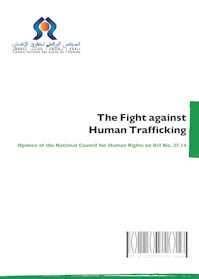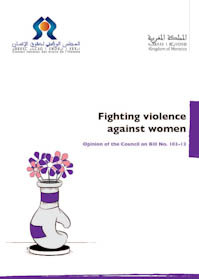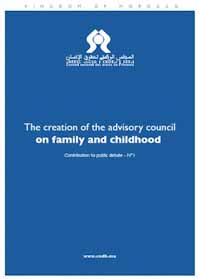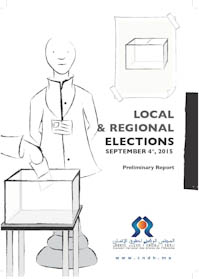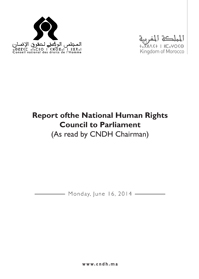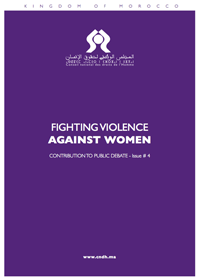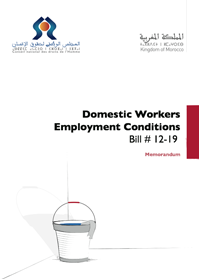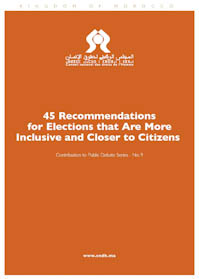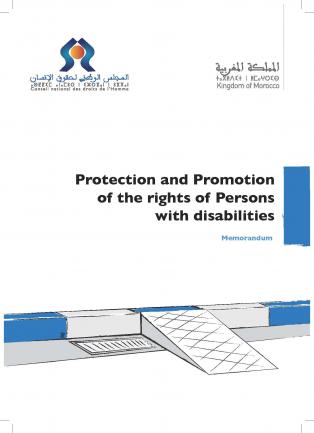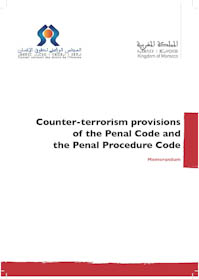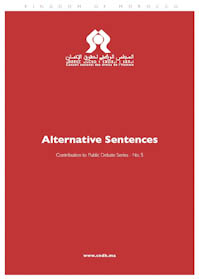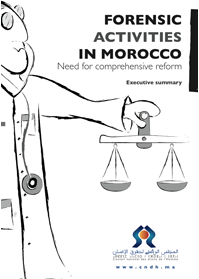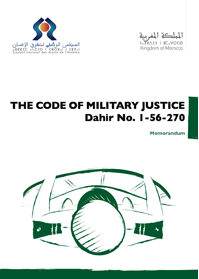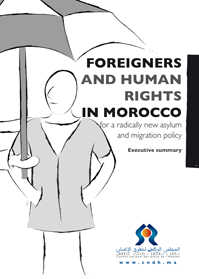HUMAN TRAFFICKING AND TREATY PRACTICE AT THE HEART OF CCDH’s 37TH SESSION
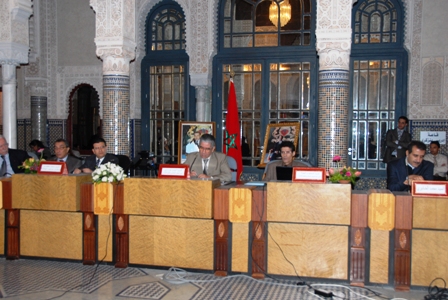
The annual activities of 2010, a draft recommendation on human trafficking and a draft memorandum on the treaty practice of the Kingdom of Morocco in the field of human rights were at the heart of the 37th session of the Advisory Council on Human Rights (CCDH).
Chaired by CCDH President Ahmed Herzenni, this session, third and last ordinary session of 2010, was held on 20 December 2010 at the headquarters of the Council.
Opening this session, Mr. Herzenni shed light on the main three CCDH intervention areas: the follow up of the implementation of the Equity and Reconciliation Commission’s recommendations, the promotion and protection of human rights and the external relations of the Council.
Publication of the complete list of victims
Regarding the follow up of the implementation of the IER’s recommendations, Mr. Herzenni indicated that the Council has completed the implementation of the recommendations regarding individual reparation. He clarified that there are still some pending cases, due to insufficient documents. The Advisory Council has worked throughout this year on the issue of social integration of victims, which is listed among the Council’s priorities. In this context, Mr. Herzenni stressed that this matter has been finally resolved through the cooperation of the departments concerned and the adopted approach that aims to make victims active players in society. In terms of legal and institutional reforms, he explained that the Council presented memoranda on the judicial reform, the reform of the penal system, etc.
This year was marked by the publication of the annexes of the final report on the follow up of the implementation of the IER’s recommendations, published in December 2009. These annexes concern cases of enforced disappearance, compensation, legal and institutional reforms, Mr. Herzenni said. This session shed light as well on the program of Archives, History, Memory, being realized after the conclusion of a financing contract with the European Union, in addition to the promotion and protection of human rights.
A new approach in the field of protection
In the field of protection, Mr. Herzenni said, CCDH received, until late November 2010, more than 3,500 complaints and 5566 citizens. It received some 3203 files relative to the follow up of the implementation of the IER’s recommendations on compensation and health insurance coverage. In this context, Mr. Herzenni indicated that despite the achievements made in the field of protection, there is a need for a comprehensive evaluation and the adoption of a new approach on the normative, methodological and logistical considerations. The sessions also discussed some projects launched by the Council.
Mr. Herzenni has also highlighted the progress of projects and programs undertaken within the framework of the Council’s mission regarding the promotion of human rights, through three axes: harmonization, promotion of human rights culture and strategic planning in the field of human rights. In terms of harmonization, Mr. Herzenni indicated that the Council studied the harmonization of the draft penal code and submitted its proposals to the government and that it still studying the Code of Penal Procedure. In collaboration with the Faculty of Law of Rabat – Agdal, the Council will organize next April, an international meeting on the national harmonization approach of the penal system. Mr. Herzenni drew attention to the studies conducted by the Council on human trafficking, protests and economic, social, cultural, and environmental rights.
Implementation of the Citizenship Platform
In terms of the efforts made to promote human rights culture, CCDH President highlighted three major areas: (1) the adoption of a plan of action on the implementation of the Citizenship Platform for the Promotion of Human Rights Culture, to be fully implemented by 2014, (2) the development of a training program for the Council’s staff, civil society organizations and all state institutions and agencies directly or indirectly concerned by the issue of human rights and (3) the commitment of artists and creators to promote human rights culture. The third axe was consolidated by the organization of an information day on "Creative dynamics for an active citizenship”, the adoption of a charter to promote human Rights culture and the signature of partnership agreements with the Moroccan Coalition of Culture and Arts (CMCA) and the Rabita Mohammadia des Oulémas.
Mr. Herzenni confirmed that the Council has adopted a strategy to promote parallel diplomacy in the field of human rights. He explained that this strategy came in the wake of the events witnessed recently in Morocco, especially the latest developments of the issue of the territorial integrity and the political instrumentalization of the issue of human rights in favor of a politician and separatist agenda that serves foreign parties involved themselves in serious and systematic human rights violations. This year, CCDH played an important role in all events related to human rights, Mr. Herzenni said, citing in this context the case of Mr. Mustapha Sidi Mouloud and the latest events of Laayoune.
At the end of this session, a memorandum was submitted to His Majesty the King. Other than the opening speech of CCDH president, this memorandum shed light on the examination of the annual activity report 2010, presented by CCDH Secretary General, Mr. Mahjoub El Haiba, and the examination of the adoption of a draft recommendation on human trafficking. This recommendation aims to fight against this phenomenon at the national and international level through the adoption of appropriate legislations and public policies and the creation of a national observatory of criminology.
The Council examined and adopted a draft memorandum to strengthen treaty practice in Morocco. This memorandum encourages the government to ratify all human rights international conventions and their additional protocols. It also proposes the creation of a government structure to coordinate government action in the field of human rights.






